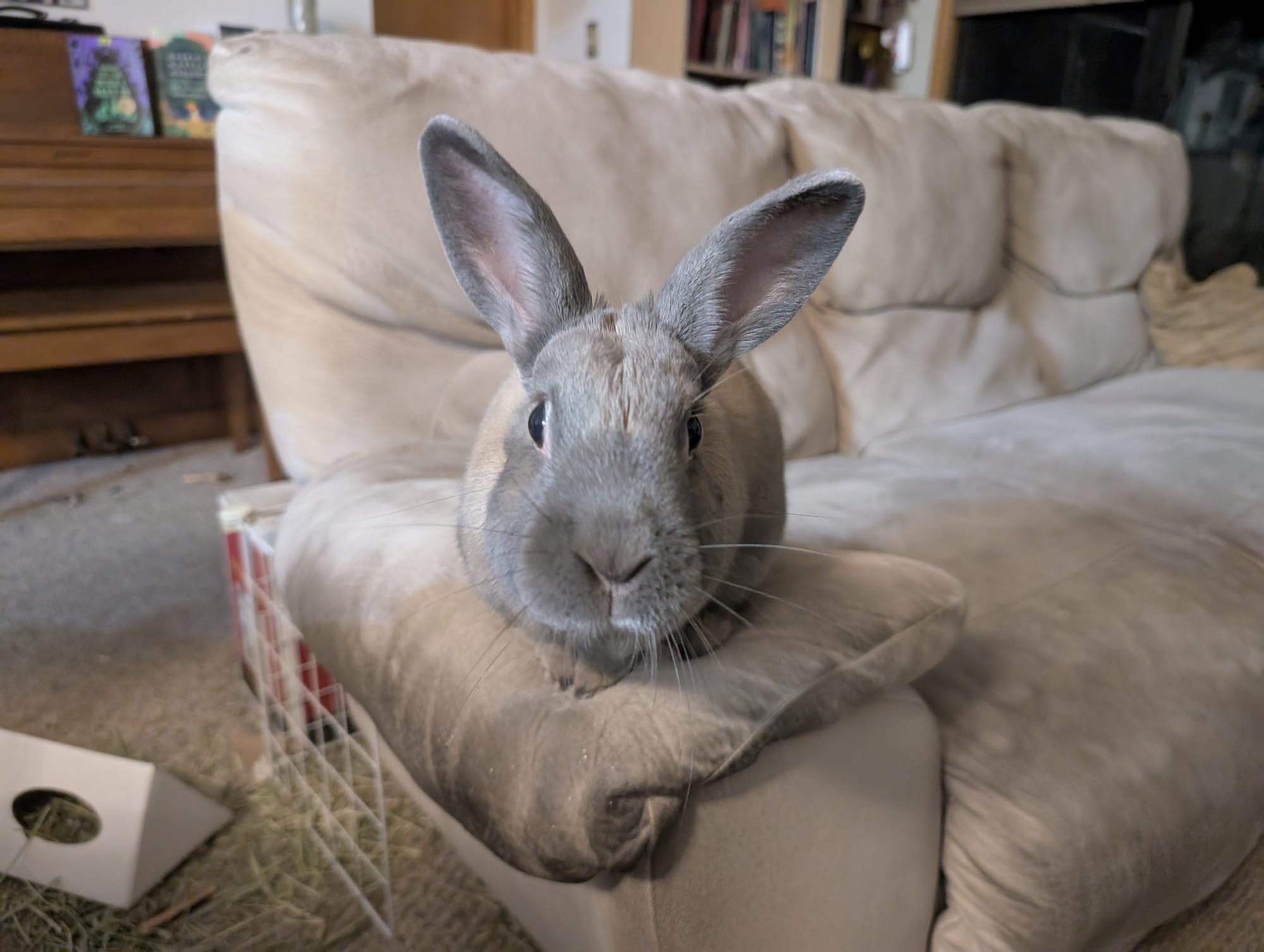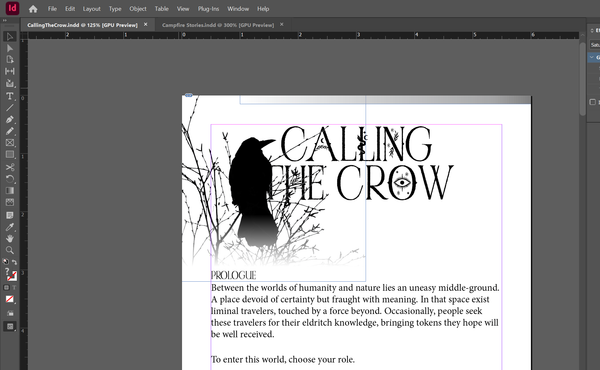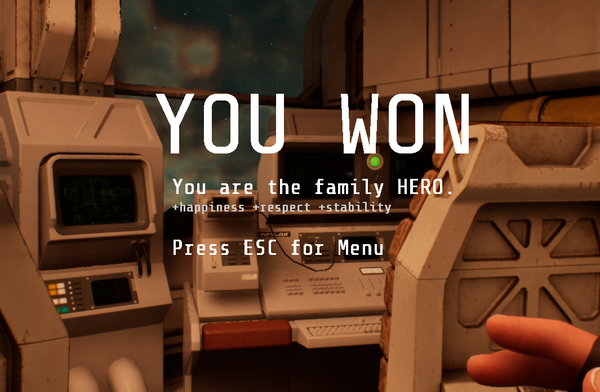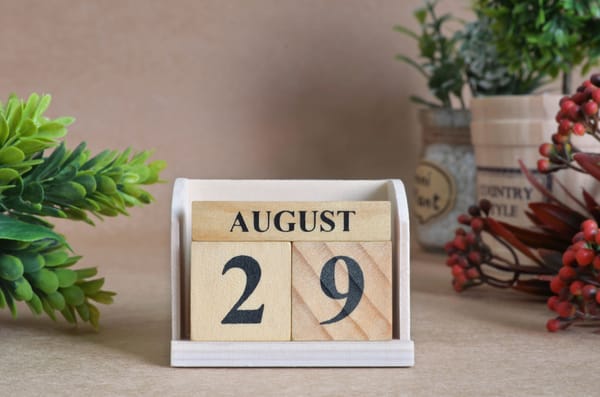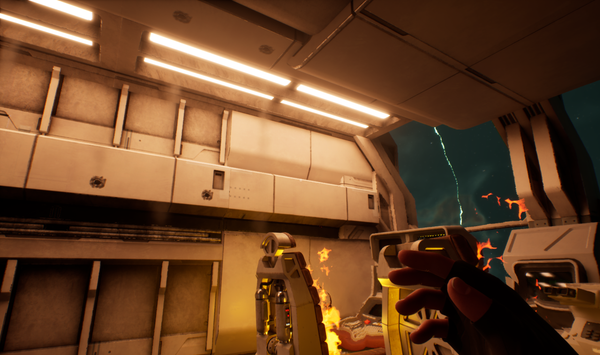Field Notes: Productivity Tools
How I do what I do.
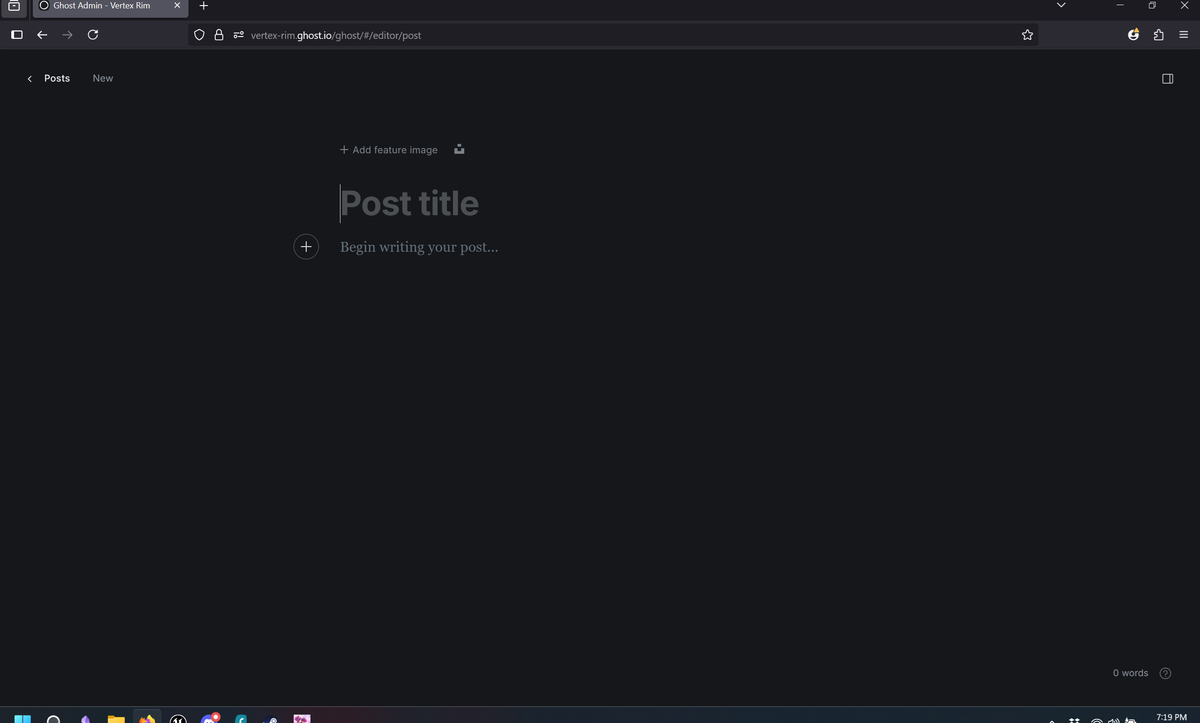
I mentioned some software this week and felt it might be fun to talk about my process a little bit, and explain some insights I've had even as recently as this year.
First off, let me start with saying that creative processes are as numerous as their creators. Just because this works for me doesn't mean it will necessarily work for you, and further, my process is still evolving, as it has been for years. Growth is an every day pursuit.
Also, I have moderate ADHD. I find it hard to focus, get distracted easily, fatigue easily when I've been working on the same thing for too long, and when I do get distracted, it's exceptionally hard to get back on track. Systems are my lifeline to handling these problems.
Okay. That out of the way, I'll talk first about framing the day.
Obsidian
Obsidian is a knowledge management application. Basically, it's a markdown editor that lets you hyperlink documents in the system. I am NOT an Obsidian power user. 90% of what I'm using Obsidian for is simple task lists and folder organization.

While I do find value in having a markdown editor that shares documents between my phone and laptop, that's not the most valuable feature to me.
I find it hard to start my day. If I can get a few tasks done, it snowballs and I can be productive. I use Obsidian to trick myself into bootstrapping into a productive day by leveraging the Daily Log feature. This was a feature I'd overlooked until I ran into a daily log template I've found super useful. I got it from Dann Berg, and have been using it ever since.
What's important about the template is it asks me to finish four questions.
- Last night after work, I ...
Answering this question forces me to establish the context of today by remembering what happened yesterday. - One thing I'm excited about right now is ...
Answering this question encourages me to find something to be drawn towards, rather than being pushed by feelings of obligation. - Some things I plan to accomplish today are ...
Answering this question allows me to put a few starting items on the list, which helps start me off accomplishing my goals. - One thing I'm struggling with today is ...
Answering this question keeps me aware of any pitfalls that my day could contain and gives me a chance to think about what I can do about them.
Once I fill out the Daily Log, that usually lets me move on to active work.
Spirit City: Lofi Sessions
I downloaded Spirit City: Lofi Sessions the same month it was released, and have used it for about a year now. It's a gamified productivity application, much like Habitica or 4theWords.
This one is on Steam and is about collecting cute spirits while providing you the typical productivity apps like a habit tracker, task manager, pomodoro timer, and so on.

The application is well done, very pretty, and does just enough that I can structure my day. I typically dump a bunch of tasks into my task list every morning, then use pomodoro sprints to get them all done. And listen to chill beats as I do it.
Remarkable
When I'm offline, or I need to sketch an idea, I've found having a Remarkable Tablet to be the perfect balance between real-life paper and digital viewer. I can hit a restaurant for a lunch date and still be able to capture ideas that come up while I'm on the go. And the feeling of writing on the tablet feels very much like writing on paper. Unlike paper though, I can copy & paste blocks, move sections, resize text, zoom in, and a dozen other things that are hard to live without once you get used to them.
I've used the tablet several times to draw character sheets, UI screens, or potential enemies, to document workflows or brainstorm new mechanics. I used to just use a notebook for these things but the digital features keep me coming back to the platform. One thing though, the tablet pen is expensive, necessary, and only attaches via magnets on the side of the device. I've had to learn how to travel with the tablet such that I don't lose the pen.

My Workspace
Which just leaves one component that I consider pretty important but that isn't what I'd call a traditional productivity tool, my space at the living room table. These days it's vanishingly rare for me to work anywhere else in the house. What I'm finding is that the structure of how I work has a huge impact on my ability to move quickly.
Here's some aspects of the workspace I find super helpful.
- I've reduced clutter as much as possible. I've removed the fruit bowl, the salt and pepper shakers, and any mail that ends up on the table is swiftly dealt with. Other than what I bring to the table, the only permanent inhabitant of the surface is the treat box for Holland.
- The things I do bring to the space, I position intentionally in the space. My laptop is centered on the side I sit on, my tablet is just to the right with my mouse. Pocket things (such as keys and wallet) are pushed behind the laptop to reduce visual clutter. My phone is to the left, in case I need it. The space is, in a word, austere.
- I have a nicer office chair. It normally would live in the office, but as I recently have been spending a LOT of time at the same spot on hardwood chairs, I've found my body really prefers a better seat.
And the biggest workspace addition of all, my free-roaming rabbit Holland will come visit me throughout the day and remind me that there are things in life that are important and many of them exist outside the editor. Many of them are treats. And I should give him one.
